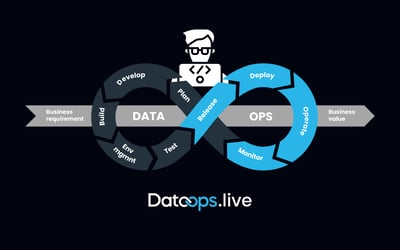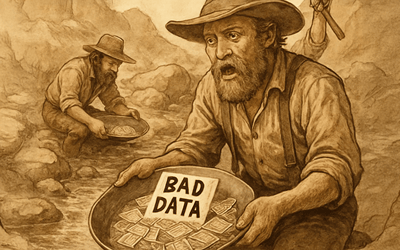DataOps Resources

Year 3 of SOC 2 Type II and the Next Frontier of AI Governance
We are pleased to announce that DataOps.live has successfully completed SOC 2 Type II certification for the third consecutive year. This...

A Superhero’s Take on Snowflake BUILD: Why DataOps Automation Is the Only Way to Keep Up

From AI-Supported to AI-First: What We’ve Learned Re-Engineering How We Build Software

Operationalizing Snowflake Intelligence Requires DataOps Automation
.png?width=400&height=250&name=DOL%20Events%20and%20Webinars%20(3).png)
AI Is Great on the Left and Right of the DevOps Loop — But the Middle Still Needs Humans

How to Make Your Data AI-Ready (Watch now)
.png?width=400&height=250&name=Momentum%20Webinar%20(6).png)
.png?width=400&height=250&name=Momentum%20Blog%20(1).png)
Introducing Momentum: When “good enough” data becomes your biggest AI risk
Learn why 'good enough' data is no longer good enough, and how DataOps.live Momentum transforms AI-ready from a slogan...
.png?width=400&height=250&name=PR%20MOMENTUM%20(1).png)
DataOps.live Launches Major Upgrade to Deliver AI-Ready Data at Enterprise Scale
Read the press release introducing DataOps.live Momentum, the DataOps Automation Platform enterprise data engineers use...
.png?width=400&height=250&name=Chris%20Atkinson%20Principal%2c%20Data%20Cloud%20Architecture%20(2).png)
Snowflake Native CI/CD Masterclass On-Demand
Watch as Snowflake and DataOps.live demo native CI/CD pipelines for Snowflake. Learn how to deploy faster with audit,...

The Great Debate: Will AI Help or Hinder Data Engineering Roles?
Guy Adams explores whether AI will help or hinder data engineering. Will AI boost productivity? Do engineers remain...

The AI Gold Rush Has a Problem: Your Data.
AI needs structure, not chaos. Learn why data modeling, quality, and testing are essential to making your data truly...

Keith Belanger-How to Build Trusted Data Products for Enterprise Teams
Keith Belanger discusses how enterprise teams can build trusted data products—balancing speed with control through...

Decoding the DataOps Market: Insights from ISG Research
Watch as ISG highlights the top DataOps platforms and evaluation tips from their DataOps Buyers Guides. Learn how to...

Dynamic Suite Goes GA: Faster Data Engineering for Snowflake customers
Accelerate CI/CD and dbt™ in Snowflake with Dynamic Suite—now GA. Native apps for automation, governance, and testing....

Accelerating your AI ROI: Smart Strategies, Best Practices and Approaches to optimize your AI initiatives and deliver business value faster
Unlock the power of Governance and Generative AI in our upcoming webinar, where industry leaders DataOps.live,...